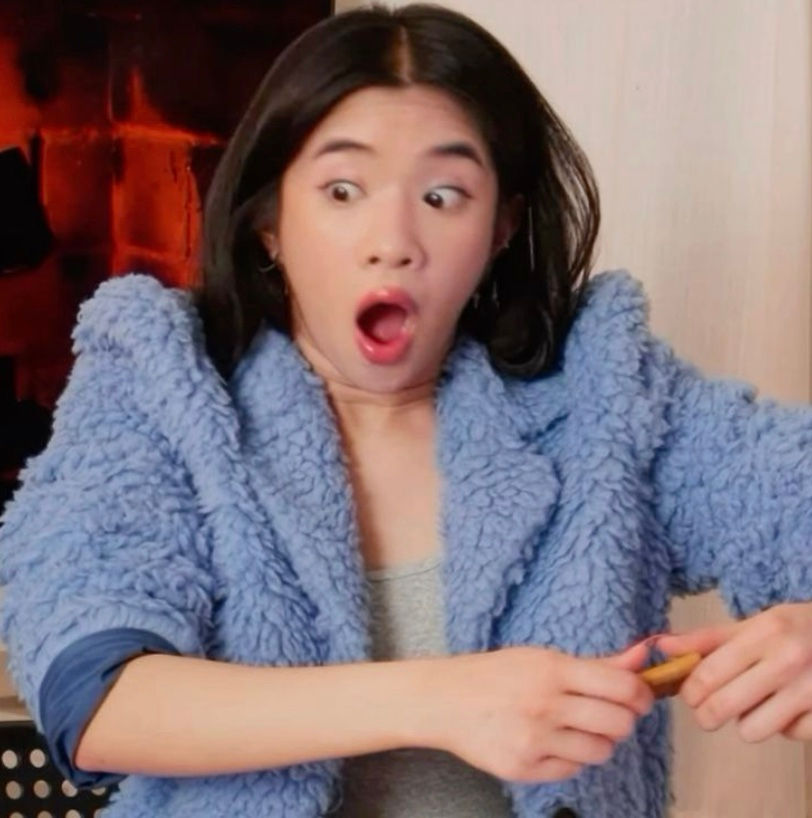Group Chemistry Matters in Kpop - Here's Why
- ashnakhanna111
- Aug 22
- 3 min read
Updated: Sep 24

Group chemistry comes in many forms: personality, vocals, dance, energy, and more, and they are all necessary for a successful group. Here is a breakdown of why.
Personality:
Parasocial relationships are what drive the industry, and these relationships are formed through an emotional connection the fans make with idols. The reason why fans go the extra mile of buying merch and going to concerts is because they feel like they know the idols and genuinely care and want to support them. The only way these relationships are formed is by fans getting to know the idols’ personalities. However, this cannot happen if fans don’t bother with watching Vlives, variety shows, etc. This is where the problem of group chemistry comes in. Groups that feel like co-workers are boring and almost painful to watch, so fans aren’t going to be able to form parasocial relationships with them. An example (in my opinion) of a group like this is Kard. Personally, when I tried to get into them, I got bored quickly because they felt more like co-workers rather than friends. At least when it comes to every relationship except for the boys. This makes sense since originally BM and J.Seph were going to debut as a duo, but then it was a last-minute decision to add the girls and form a group. Typically, trainees who are set to debut together are constantly working together as trainees so that they can really get to know each other prior to debuting. Kard was not given this time as a group as trainees.
A group that I personally think acts as a good example of having personality chemistry is Mamamoo. They genuinely feel like they love each other, not just as friends, but as family. This means that the members are very comfortable around each other and are really funny together since they feed off of each other's energies so well, which makes it ten times more entertaining to watch them together, rather than alone. I personally love how Wheein seems introverted on her own, but with Mamamoo, she’s very chaotic. One of the main reasons why fans (including myself) love them so much is that they feel real, which helps fans form emotional bonds with them.
Vocals:
When it comes to vocals, it is necessary that each of the members' strengths are taken into account and utilized well so each of the members shine. I think Soyeon does a really great job with this as I-DLE’s producer. For example, in pretty much every song, either she or Minnie does the intro since their vocal tones are the most unique in the group, meaning that they catch the listener's attention immediately. Additionally, it is essential that when a group is being formed, the members have vocal tones that work well together, and they understand how to use them together. This is especially important in groups like I-DLE, where each of the members' tones are so distinct.
For groups that are vocally focused, such as Mamamoo, it is necessary that their goals mesh well together for harmonies, and they need to be able to feed off of each other's energies during live performances. This is another reason why trainees should be constantly singing together before their debut. For example, Wheein and Hwasa are typically the ones harmonizing since they’ve been singing together long before they were even trainees. This chemistry is what allows for captivating performances.
Dance:
For performance-based groups, this is the most important type of chemistry, which comes with a few main points. First, the members need to look cohesive and be able to match the energy and vibe of the rest of the members. I think we’ve all seen at least some content criticizing Ahyeon’s dancing. It's not that she is a bad dancer; it's just that she has a difficult time matching the energy of the other members. When being in a group, it's important to remember that it is not a solo performance, and instead, the whole group should be moving in sync. This is especially important with larger groups that are able to do complex formations and pull off intricate moves due to their coordination. A good example of a group like this is Dreamcatcher, especially during choreographies like the “Good Night” intro. Similarly, another good example is Le Sserafim with choreography such as “Fearless,” which makes sense since they’re a Hybe group. In addition to synchronicity, it is also important that when performing in a group, the members are able to adjust their energy depending on what is necessary in the moment. They should be able to blend in and support whoever is spotlighting or stand out when it’s their turn to shine. This allows all of the members to look like they are moving as one, so nobody looks out of place.



Comments